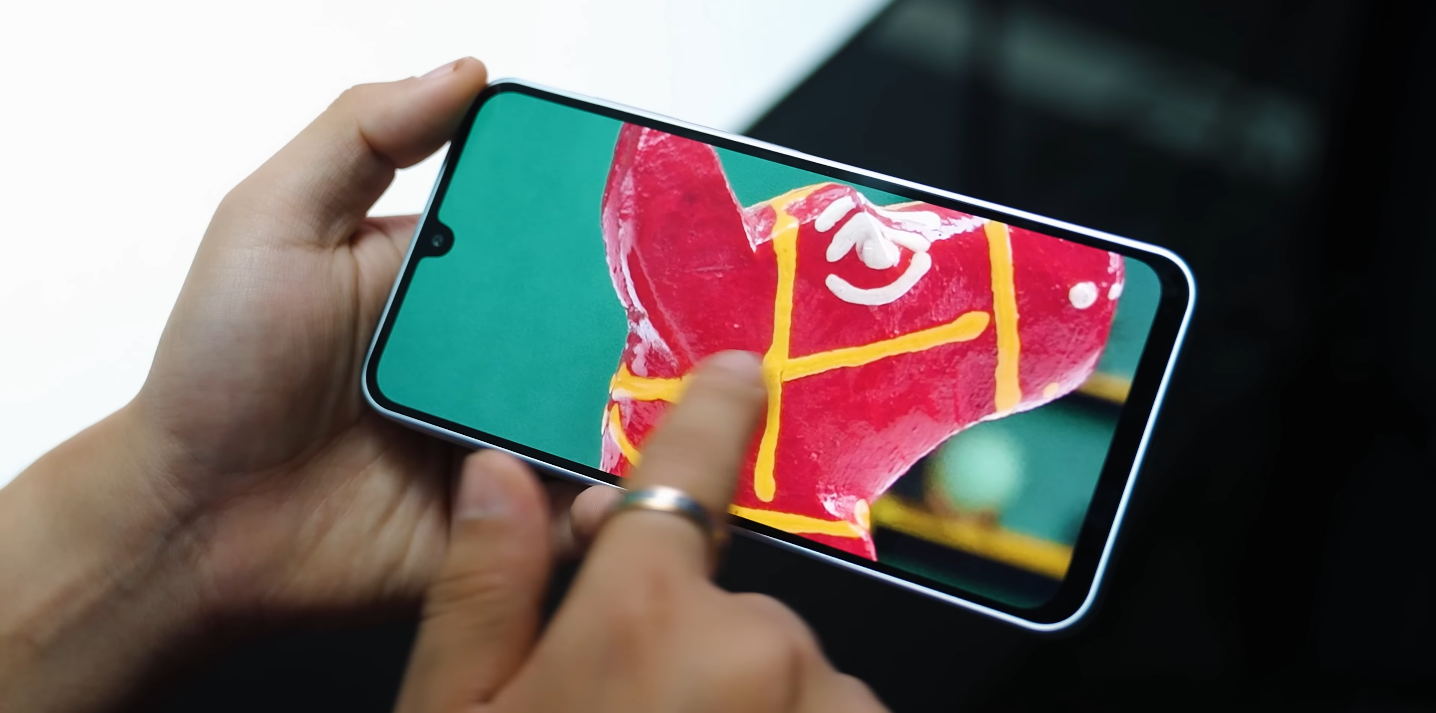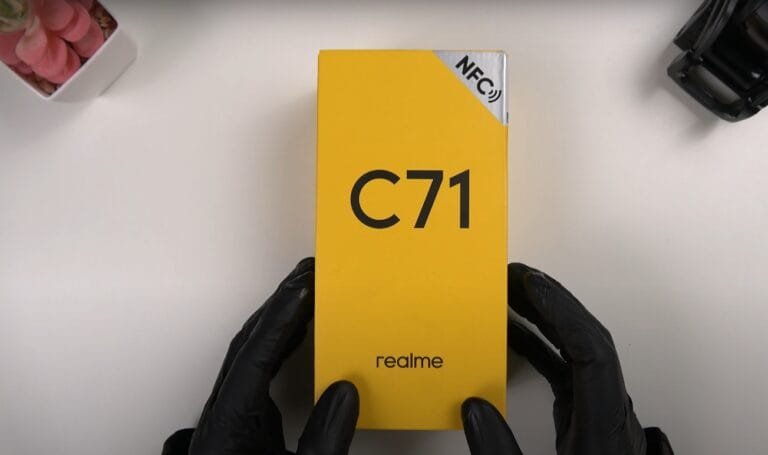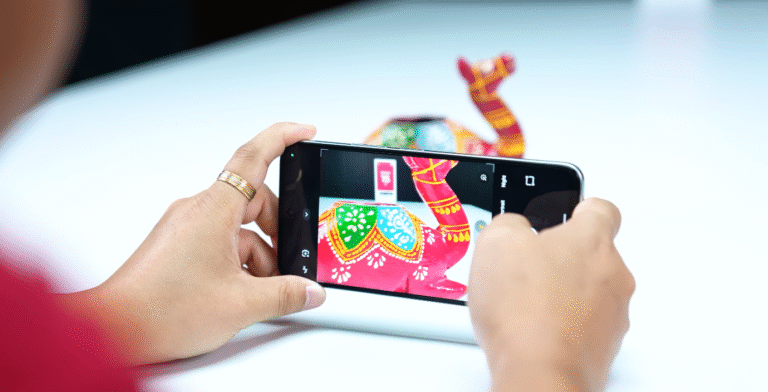Galaxy M17 5G camera app walkthrough: new modes you should use

Exploring the upgraded camera interface and its practical shooting tools
Samsung’s Galaxy M17 5G arrives with an updated camera layout under One UI 7, and this new arrangement changes how users interact with the imaging features on a daily basis. In 2025, mid-range phones are no longer limited to basic capture controls, and the M17 5G makes this point clearly by reorganising the mode groups, improving the shortcut structure, and making certain creative tools more accessible for everyday shooters in the UK who want better friction-free capture.
The default Photo mode remains the core hub, but the refresh makes it easier to reach the controls that matter. The frame layout has been cleaned up, the icons are easier to see, and the stabilisation on the 50MP main lens helps keep motion blur down in everyday scenes. The interface improves small details like shutter animation timing and mode selection clarity, and UK users coming from older mid-range phones will notice smoother transitions when switching quickly from wide to tighter framing.
The biggest convenience update for many users is the placement of the zoom jump button. Instead of hunting for pinch-gestures, this tap control allows a quick shift to a closer crop. That helps when taking rapid shots of food, people or architecture where you need a tighter frame within a second or two. The control is positioned near the thumb area and that small detail reduces the number of missed moments in real-world usage, especially when capturing something spontaneous outdoors or on the move.

For wider scenes, the ultra-wide lens mode remains present in the lower ribbon of available lenses, and this is particularly welcome in the UK context where cityscapes, indoor interiors and travel snaps often look more dramatic with a wider angle. The ultra-wide lens is not aimed at low-light mastery, but for daytime framing it adds variety and gets more of the environment in the frame, which can be more impactful for landscape and location posts.
Close-up detail still matters in modern social-led imaging, and the macro lens option helps capture texture and smaller subjects. This lens does not replace the main sensor for serious output, but it does add novelty for small-object shots like craft items, flowers or packaging labels. When used under good lighting, the macro mode offers a stylistic change for creative expression beyond standard wide compositions.
Portrait mode has been improved to reflect better subject separation and background blur control. This is a regularly used shooting scenario in the UK where photography often revolves around people, pets and social gathering corners. The mode helps isolate the subject and soften the background into a cleaner depth look. After capture, the image can be adjusted to tweak the blur strength if the background feels too strong or too weak, maintaining a personal artistic touch.
Video mode receives a smoother zoom slider and more graceful transition behaviour. This matters because mid-range phones in earlier years often struggled with stutter when switching zoom states during recording. On this model, sliding through magnification feels more controlled, and casual filming of events, street clips or talking-to-camera sequences now looks steadier. Users who upload short clips to social platforms can now rely on cleaner zoom changes without jarring visual jumps.
Night mode remains the quiet backbone of low-light shooting. Although this is a mid-range device, the main lens stabilisation and multi-frame computation assist smoother night results with a lower risk of noise. The system uses exposure blending in dark environments to extract more usable brightness from limited light. This is valuable in the UK where cloudy evenings and indoor lighting conditions are extremely common. Holding the phone steady for an extra second yields noticeably better night outcomes.
The Gallery interface now plays a bigger role too because the built-in editing tools allow subtle tuning without third-party apps. Filters can be applied with adjustable strength, white balance can be nudged, and cropping can be done without sacrificing clarity. This helps streamline the workflow for users who want to capture, refine and publish in a matter of seconds. It also keeps the editing step less intimidating for users who want practical results without deep-level manual editing settings.
Overall, the Galaxy M17 5G camera app refresh offers a more confident and more intuitive imaging package for mid-range UK buyers who value convenience and stable performance. It is not trying to be a pro mirrorless replacement; instead it is focusing on making everyday shots easier to capture and more reliable in common environments. The subtle interface layout changes, combined with stabilisation and cleaner lens switching, make the phone more comfortable for real-world capturing without making the user feel overwhelmed.
Also Read: iQOO 15 rumored to rival Pixel 9 in UK market






